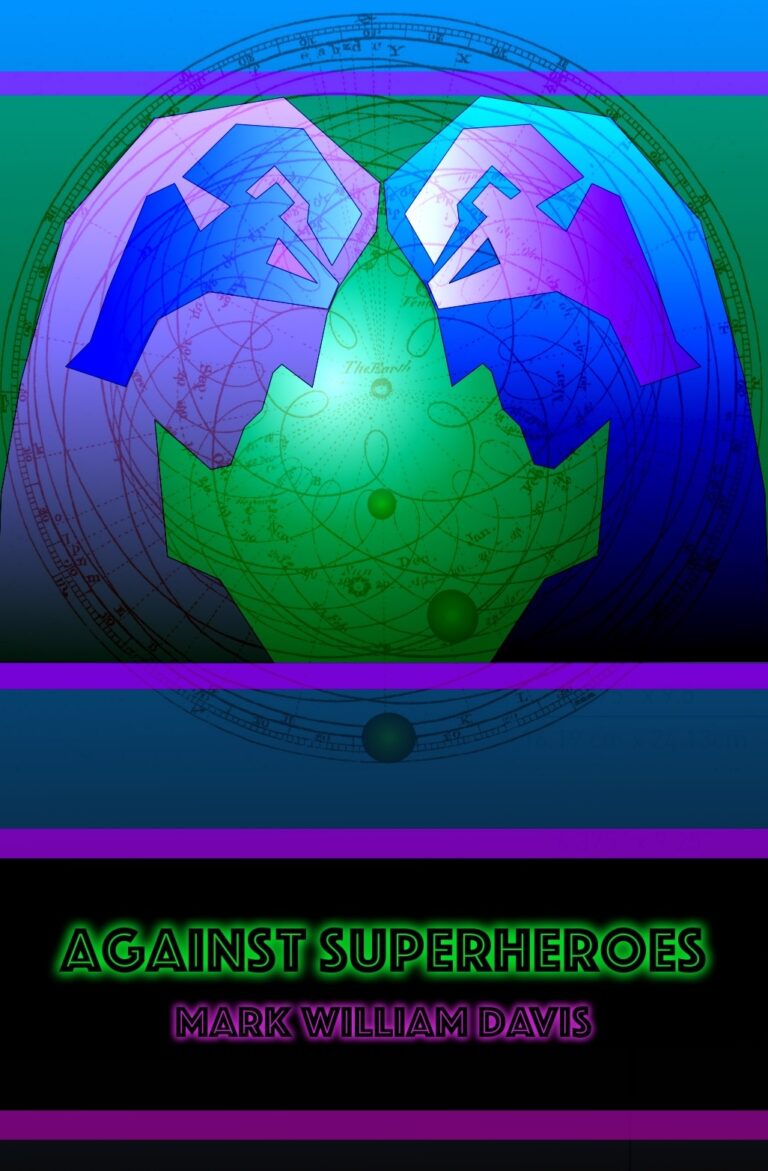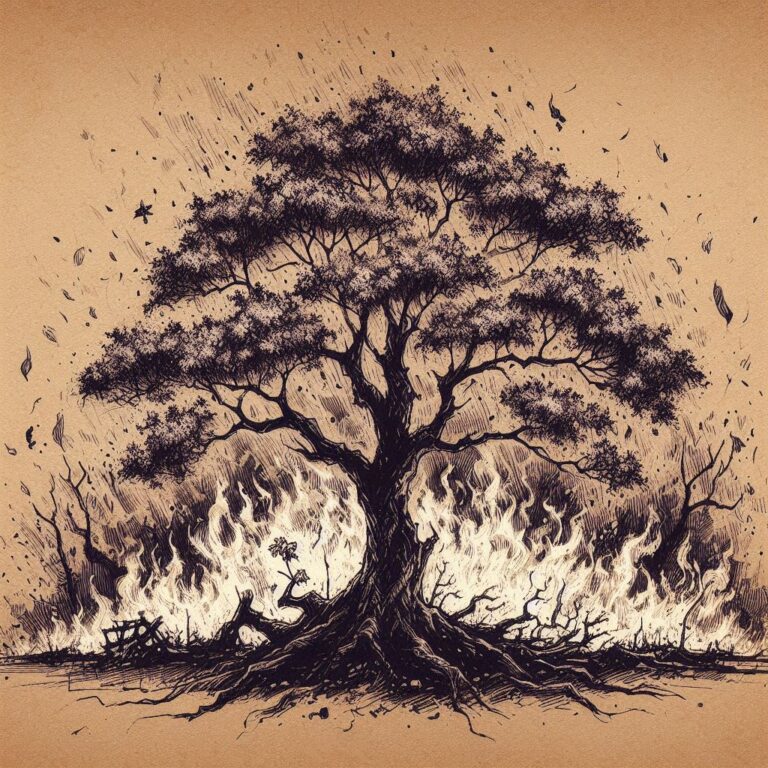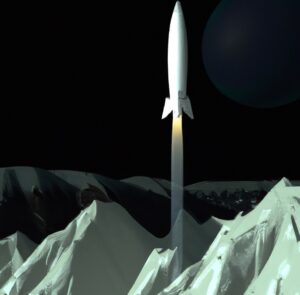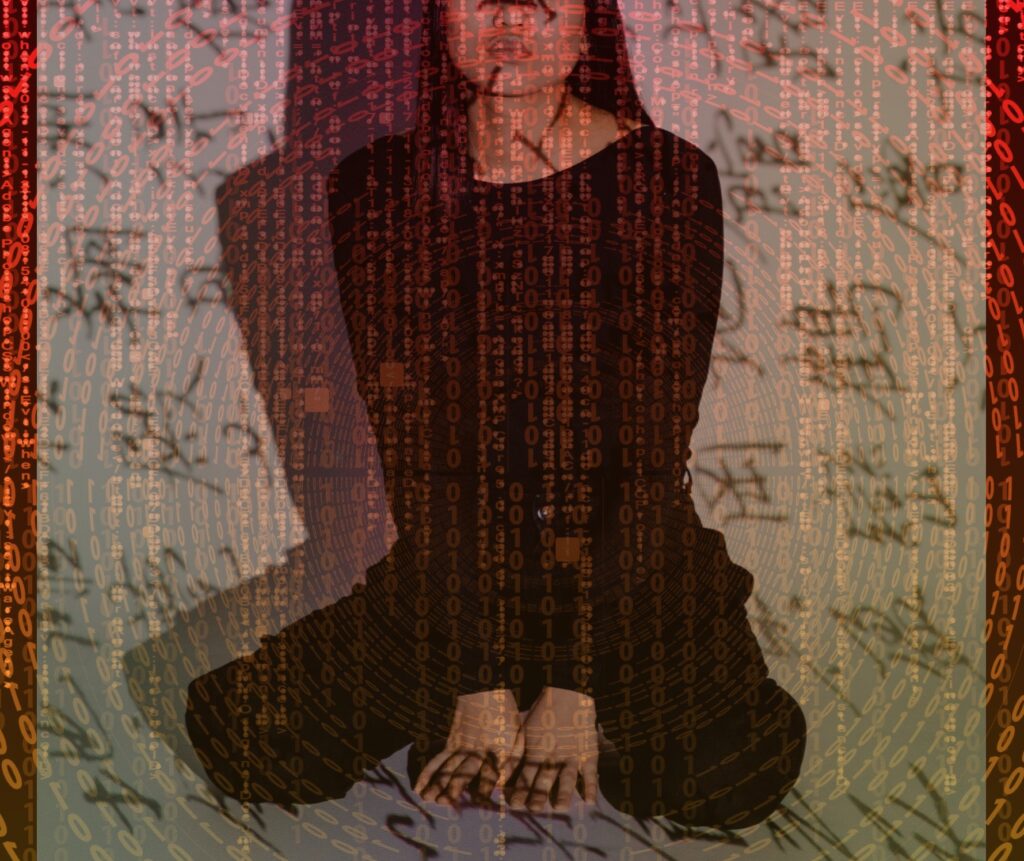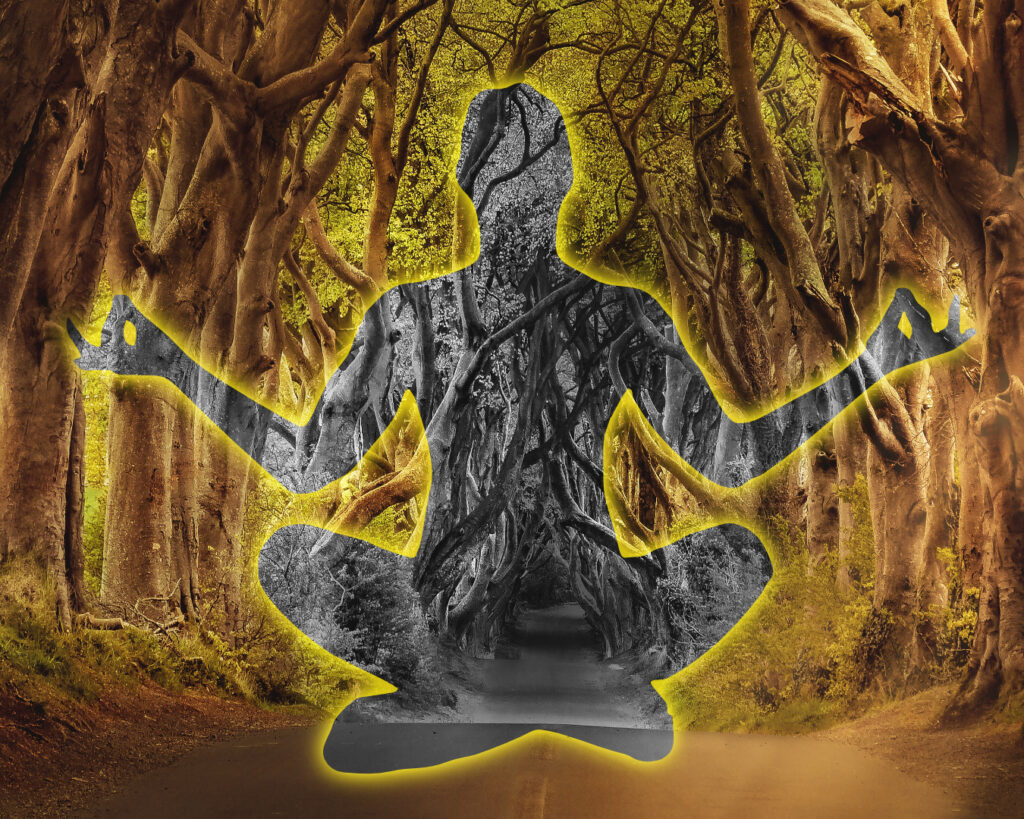Desaguliers’ Despair
An updated allegory of governance that continues Desaguliers’ work, and in honor of Ilya Prigogine.
Once, by Newton’s work, it could be seen
That attraction governs the world machine.
My cautious Muse must consider well
The limits of this parallel.
When e’re the want of understanding Laws,
In Government, might some wrong Measures cause.
His Bodies rightly plac’d still rolling on
Will represent our fix’d Succession,
To which alone th’ united Citizens owe,
All the sure Happiness they feel below.
But Clausius and Boltzmann did conceive
Information and structure could take leave.
The ordered march of the Bodies would slow;
All the Heavens would cease to glow.
The coarsening of edges tears apart
Coalitions and alliances bound at the heart.
Then, in quanta conceived so small,
Uncertain, unknowable, and empty of all.
Panic spread and friction rose,
The Citizens shook at the King so gross.
Attraction had waned and faded to terror,
The motion conceived had been a great error.
But here in our Nature we could see a path
Robust and complex and resistant to wrath.
Organizing resilience built on mass effort
Could counter the failures of visions fall’n short.
We must again be attracted to power fair,
And not recede into Desaguliers’ despair.



